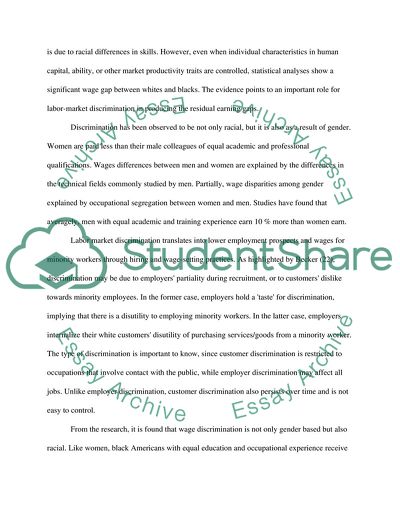Cite this document
(“Wage Differentials:Black-White Statistics Project”, n.d.)
Retrieved from https://studentshare.org/macro-microeconomics/1610032-wage-differentialsblack-white
Retrieved from https://studentshare.org/macro-microeconomics/1610032-wage-differentialsblack-white
(Wage Differentials:Black-White Statistics Project)
https://studentshare.org/macro-microeconomics/1610032-wage-differentialsblack-white.
https://studentshare.org/macro-microeconomics/1610032-wage-differentialsblack-white.
“Wage Differentials:Black-White Statistics Project”, n.d. https://studentshare.org/macro-microeconomics/1610032-wage-differentialsblack-white.


